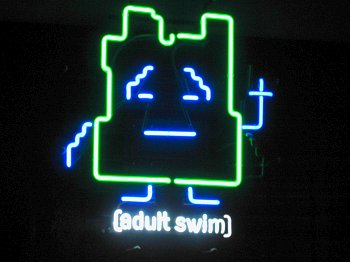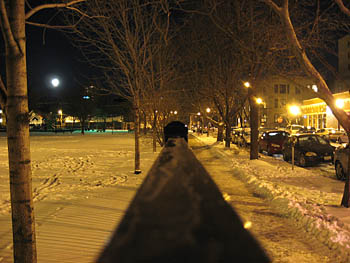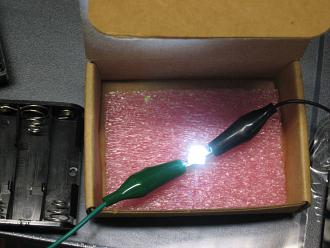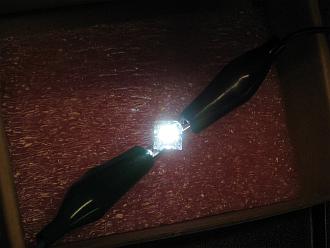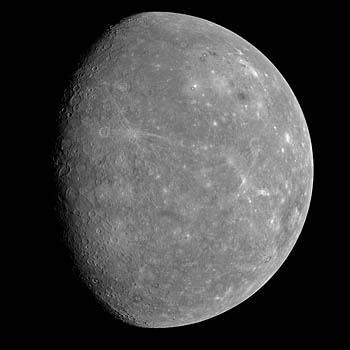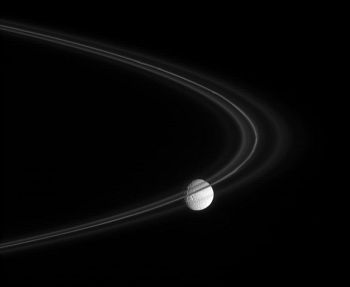As some people know, I work at the University of Chicago Library. I've been working on a project for some time now--a new "library catalog" as it were, although since the new "catalog" includes things not normally in a catalog, some people with credentials don't want it called that.
It's cool, and more in tune with more modern searching techniques than the old catalog. I hope it encourages students and researchers to use the catalog more frequently.
The new catalog is called
Lens, and
you can see it in beta here. My involvement with the project is that I am the system administrator on the machine behind the URL. It's running on a very nice Sun Fire v40z running Windows 2003 Server 64-bit on eight-cores, with 16GB of RAM. We also added more disk space to it by setting up a SAN and connecting via Fibre Channel. All these things are like new toys to sysadmins like me.
The software itself is an application from a Dutch company called
Medialab. They've been selling this software to lots and lots of libraries over the past few years, and now they're starting to sell it to big academic libraries, like us. We're not the first academic to use it; Oklahoma State has it up and running. But we do have a very large collection--some 5.3 million "things" come up when I ask Lens what we have (there are a lot more items in the library physically, since the catalog wouldn't count individual serials and such. Plus don't get me started about uncataloged items).
On the left side of the new catalog is a Flash* app that finds some associations with search terms you've entered. I thought this was flashy, no pun intended, and pointless,
until I began discovering interesting items in our collection I never knew existed. This ranged from UC dissertations to
non-technical books that I've got lined up to read (one never runs out of reading material). Once I find something interesting, I dump the record into our site-licensed Refworks for later retrieval.
Instead of scrolling through a long list of items, you can narrow your search by using the right-hand column to refine by a variety of methods like format, how old the item is, or by other means. You can also refine by the classification (aka the call number range) of the book: I'm usually quickly cutting off the chaff by refining by selecting Q (Science), for instance.
We also bought additional content to stick into the new catalog--things like book covers and album art are de rigeur in Amazon, and it can grab your interest or make known items quick to find in a list. We also bought audio CD song title listings, the table of contents of many books, and some summaries of books.
A neat little tool available is you can subscribe to an RSS feed for specific searches, so if something new comes along, you can discover it automatically. (Like say the acquisition or new publication of a particular author or subject).
This RSS feed will give you new items of Bill Bryson, for example.
There are some issues with it. It indexes the Library's web site, but the results are messy and voluminous. If you search for a specific author, often anthologies or chapters in a book come up before titles actually fully authored by them. The "relevancy" or ranking of an item, especially when you are searching for authors, is currently in flux and for the moment they put a lot of extra author refinements in to compensate until the main rankings are improved. For instance, if you search for science fiction author James Blish, it will bring up anthologies of science fiction he has stories in first, and then some non-related items that have the word "establish" in them, before titles written by him. A simple author refine on the right side gets rid of that, but it won't be there once the relevancy engine gets tuned.
At some point in the near future, we might enable social tagging on the catalog, like
LibraryThing, so people can enter their own tags to help sort the catalog, offer reviews, raves, and criticisms of items, and such. It's still up in the air.
*If you don't have Flash, I made sure that the developers included a simple text version of the word cloud. And, if the thing annoys you truly, and you don't wish to discover items you may not have thought about to look at, you can turn it off too.
